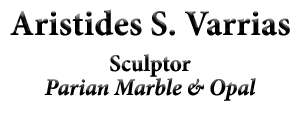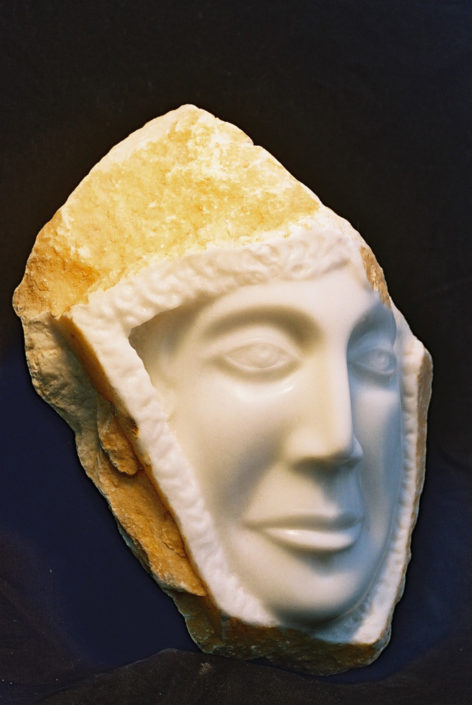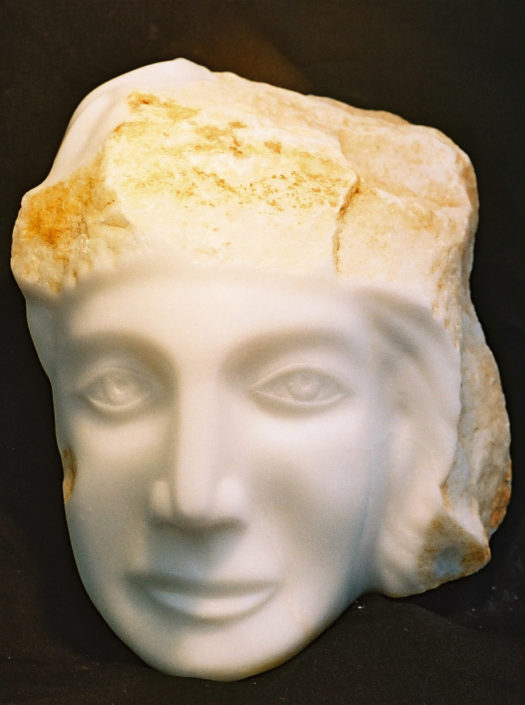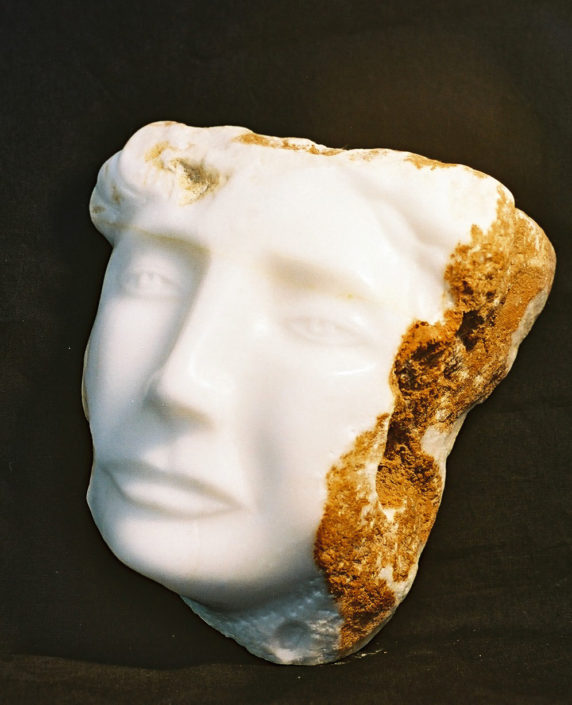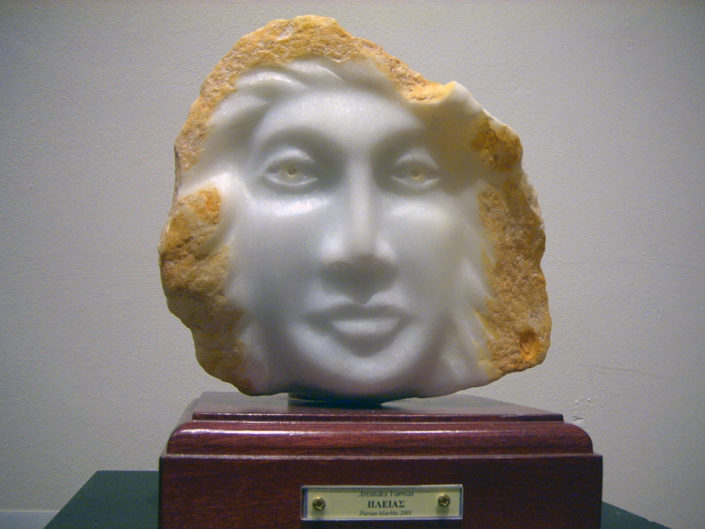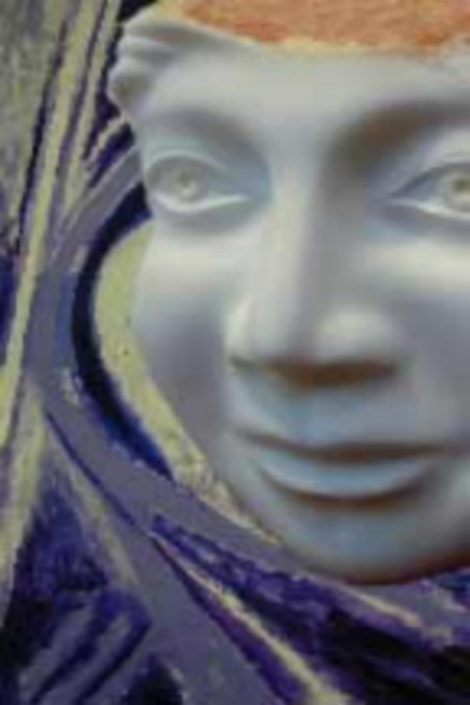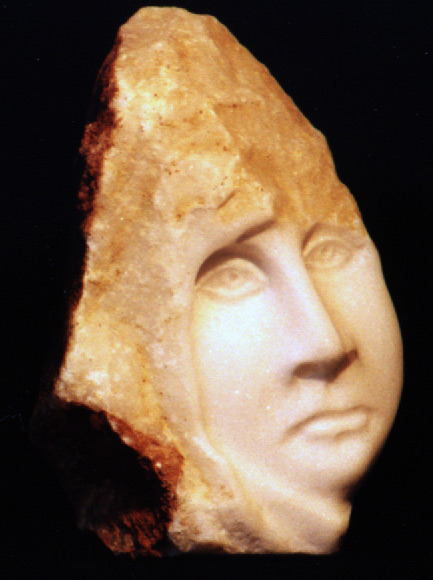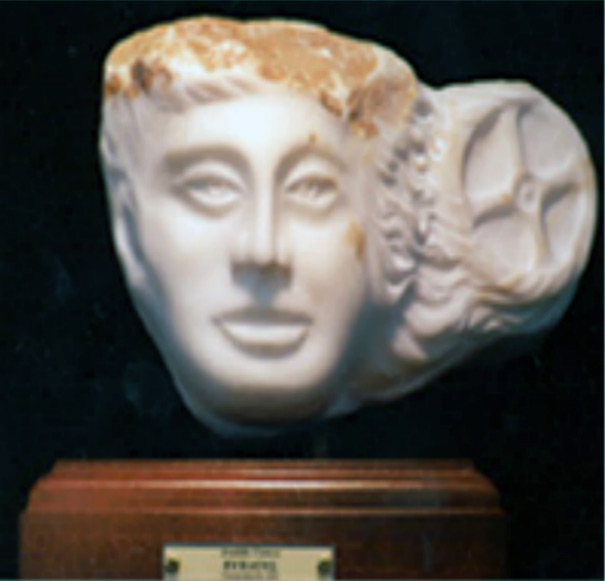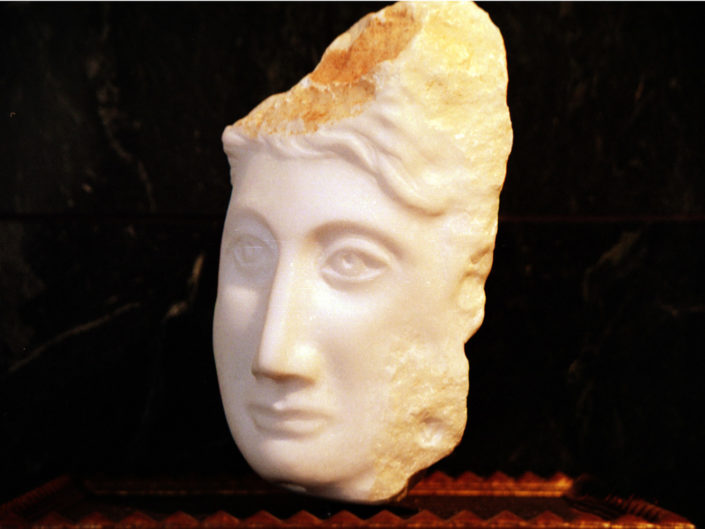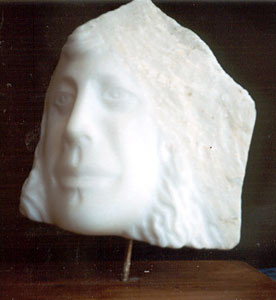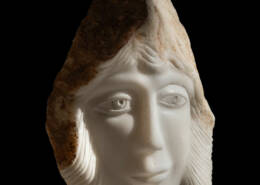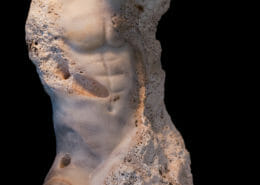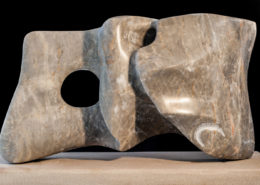Plous
The cycle of “Plous” is formed by a module of nine prosopa . Each one of them constitutes a heterocity and expresses the truth of prosopon in its own unique way.
“Except a corn of wheat fall into the ground and die, if abideth alone: but if it die, it bringeth forth much fruit.” John 12:14
The cycle of “Plous” is formed by a module of nine prosopa . Each one of them constitutes a heterocity and expresses the truth of prosopon in its own unique way .
The prosopon implies not only the freedom of having different roles in life, but above all the freedom of being yourself. This means that a prosopon is not subject to rules and stereotypes. It cannot be classified in any way. Its uniqueness is absolute. Only a prosopon is free in the actual sense of the word.
The prosopon, as a deep and unconfused communion-in-heterocity is at the same time the individual and the communion, the one and many, the “I” in its plural sense. The essence of the prosopon comes together exactly in being the revelation of truth, though not as essence and substance, but as a way of existence which brings together in its existence the universal human nature transcending it at the same time, since the manner of its existence is freedom and heterocity.
The prosopon is an identity that emerges through relation. It is heterocity in communion and communion in heterocity. It is an “I” in perpetual motion, able to exist only if it relates to a “you”, something which affirms its being (its hypostasis) and its heterocity. If the “I” gets isolated from “you,” then it loses not only its heterocity, but also its very own existence.
In this way, the prosopon is above all and most of all, a heterocity “in voyage.” It is an “I” that has opened sail, has set off shore and is traveling to meet a “you.”
- The happiness of this meeting is expressed in Nautika, while the happiness of the voyage itself is depicted in Euplous.
- Furthermore, Kalliplous embodies the bravery of this exit from the atomicity and also the decisiveness that disregards the risk of “being in voyage.”
- The loving spirit that mobilizes this exit and gives the direction is carved in Pleias.
- What is crystallized in the sculpture STH D’ is the good-natured deterioration that the “being in voyage” brings unto the traveler. This is discerned in the face of Odysseus, tired but full of happiness, when he finally comes in view of the familiar land, that seems nevertheless like… some “other” land.
- The immature and at the same time the enchanting quality of “being in voyage” is personified in The Beardless Novice Of the Storm , while Martyria is looking at the horror of the possible shipwreck straight in the eyes.
- The sculpture Wave farewell to the Alexandria, which is leaving embodies the bravery in deciding to change course, something that is described in G. Kavafis poem: ”God is excluding Antonios.”
- Finally, in the sculpture Marginality , what is confessed is the quest of personal relation, even when the heterocity is pushed to the margins of life.
Aristides Varrias
